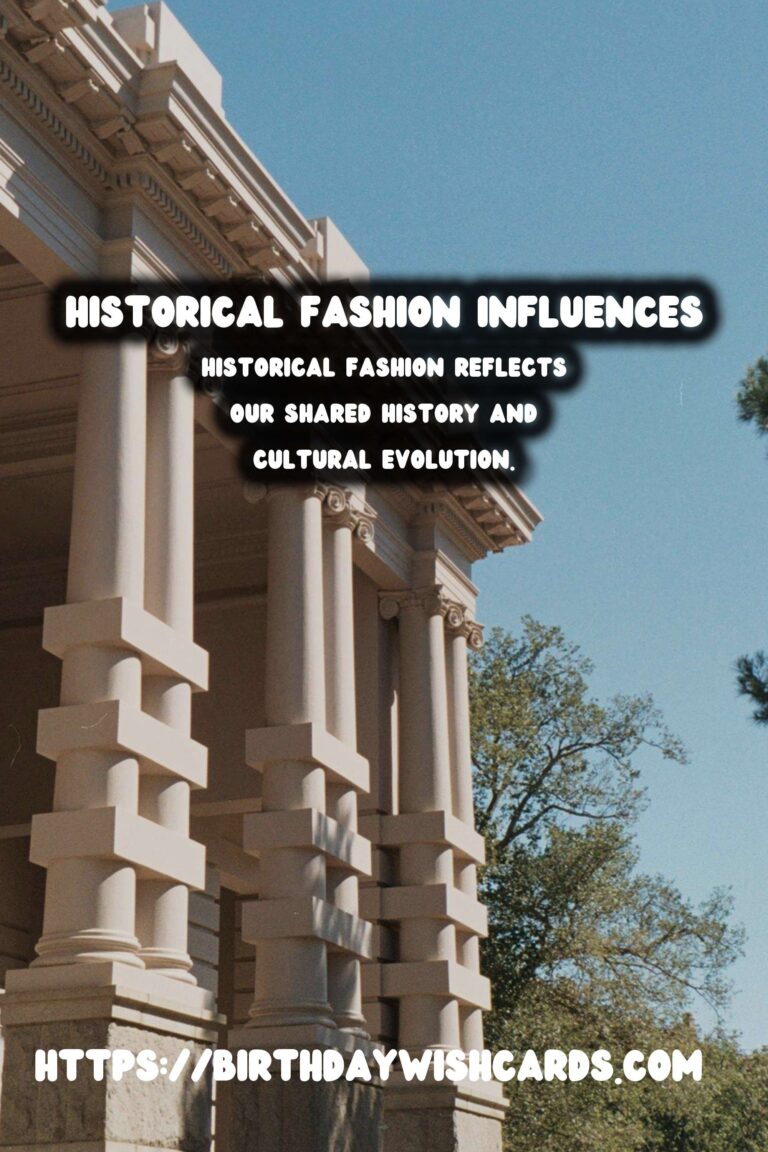
Fashion is not just about aesthetics; it’s a reflection of society, culture, and history. Every era’s style evolution is deeply intertwined with the global events that shaped it. From the opulent garments of the European Renaissance to the minimalistic lines of post-World War II, historical fashion is a tapestry woven with the threads of global change.
The Renaissance: A Rebirth of Style
During the Renaissance, Europe experienced a cultural rebirth. The era was marked by a resurgence in art, science, and literature, which also influenced fashion.
The period saw luxurious fabrics and intricate patterns, symbolizing wealth and sophistication. As trade routes expanded, new materials and dyes from the Far East and Africa enriched the fashion palate, making clothing a symbol of social status.
The Industrial Revolution: Fashion in the Age of Machines
The Industrial Revolution brought about monumental changes in manufacturing, and fashion was no exception. The invention of the sewing machine in the mid-19th century drastically changed the way clothing was produced, making fashion more accessible to the masses.
This era also saw the rise of ready-to-wear clothes, signalling a shift from tailor-made garments to factory-produced clothing. Fashion became more about functionality and availability, marking the beginnings of contemporary fashion as we know it.
The Roaring Twenties: A New Era of Expression
The 1920s, often referred to as the Roaring Twenties, was a time of great social and political change. Women’s rights movements empowered women, leading to more practical and comfortable clothing that allowed for freedom of movement.
Flapper dresses, cloche hats, and bobbed hair became symbols of rebellion and liberation, reflecting a society eager to break away from the past’s restrictive norms.
World War II: Rationing and Resourcefulness
World War II significantly influenced fashion due to rationing of materials. Designers had to be resourceful, leading to innovations in fashion that emphasized functionality and durability.
Utility clothing, with its simplicity and practicality, became the norm. Women’s fashion featured square shoulders and a more military-inspired appearance, reflecting the era’s tenacity and resilience.
Post-War Optimism and the Birth of Haute Couture
After the war, there was a desire to return to a more glamorous and optimistic expression of self. The late 1940s and 1950s saw the rise of haute couture and designers like Christian Dior, who championed the ‘New Look’.
This era revived elegance with sweeping skirts, nipped-in waists, and luxurious fabrics, signifying a return to femininity and luxury.
The 1960s and 70s: A Cultural Revolution
The cultural revolutions of the 1960s and 70s brought psychedelic patterns, bold colors, and unconventional styles to the forefront. Fashion became a tool for self-expression and social change, deeply tied to the music, art, and political movements of the time.
Unisex trends emerged, breaking traditional gender barriers in fashion.
The Digital Age: Fast Fashion and Global Influence
In recent decades, the rise of digital platforms has transformed fashion into a global phenomenon. Social media and fast fashion have made styles more diverse and accessible than ever before.
The global exchange of trends has led to a more homogenized fashion landscape, but also offers an opportunity for cultural appreciation and collaboration.
Conclusion
Historical fashion reflects our shared history and cultural evolution. By understanding the influences of global events on fashion, we gain insights into the past and inspiration for the future. As fashion continues to evolve, it remains an enduring testament to human creativity and adaptability.
Fashion is not just about aesthetics; it’s a reflection of society, culture, and history. Historical fashion reflects our shared history and cultural evolution. 
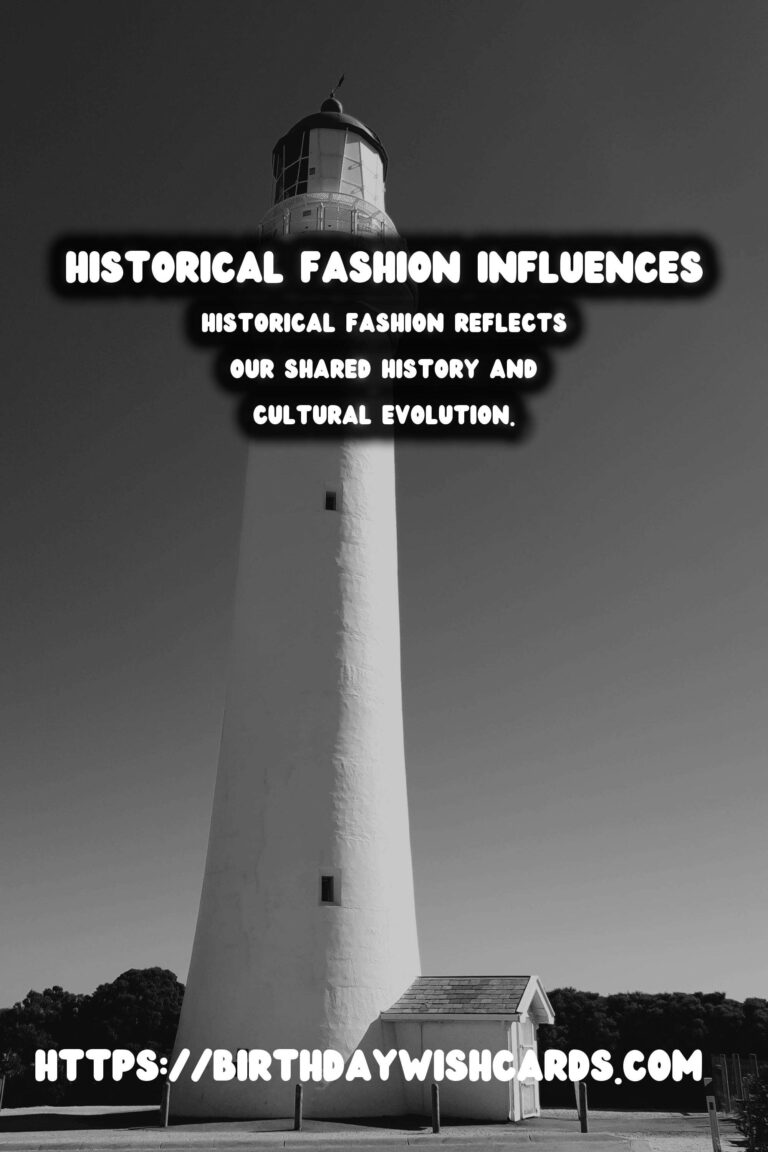
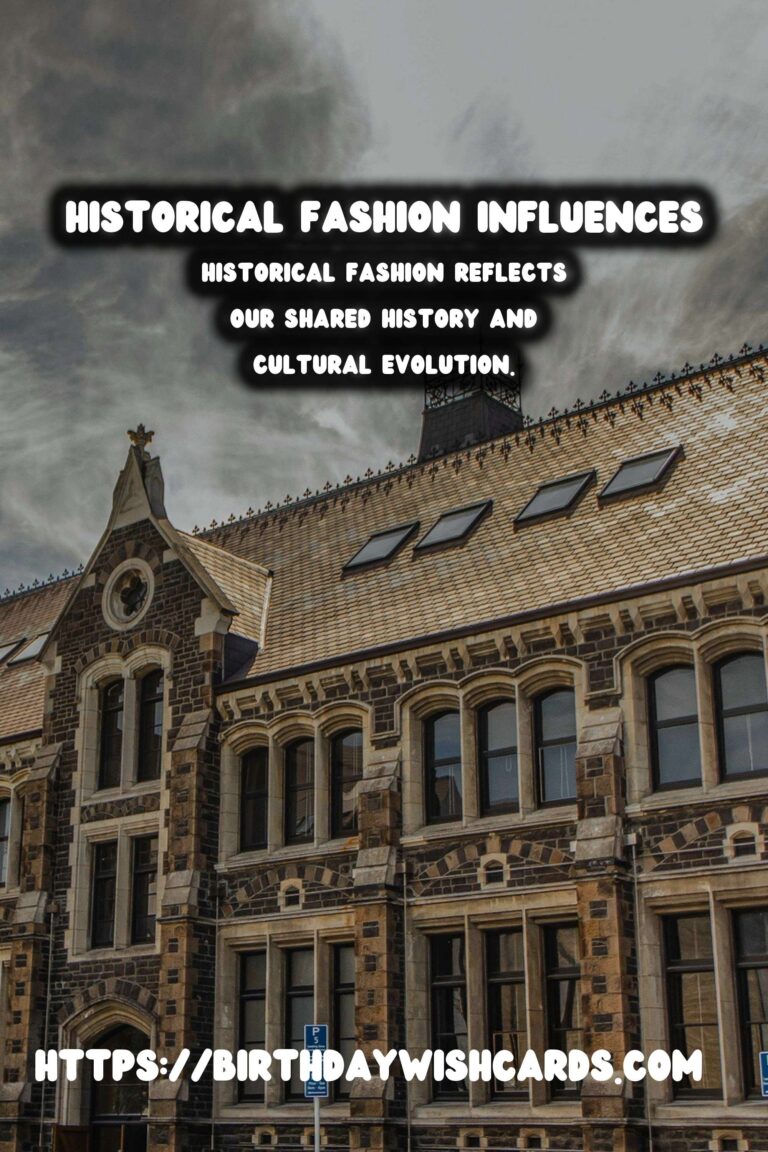
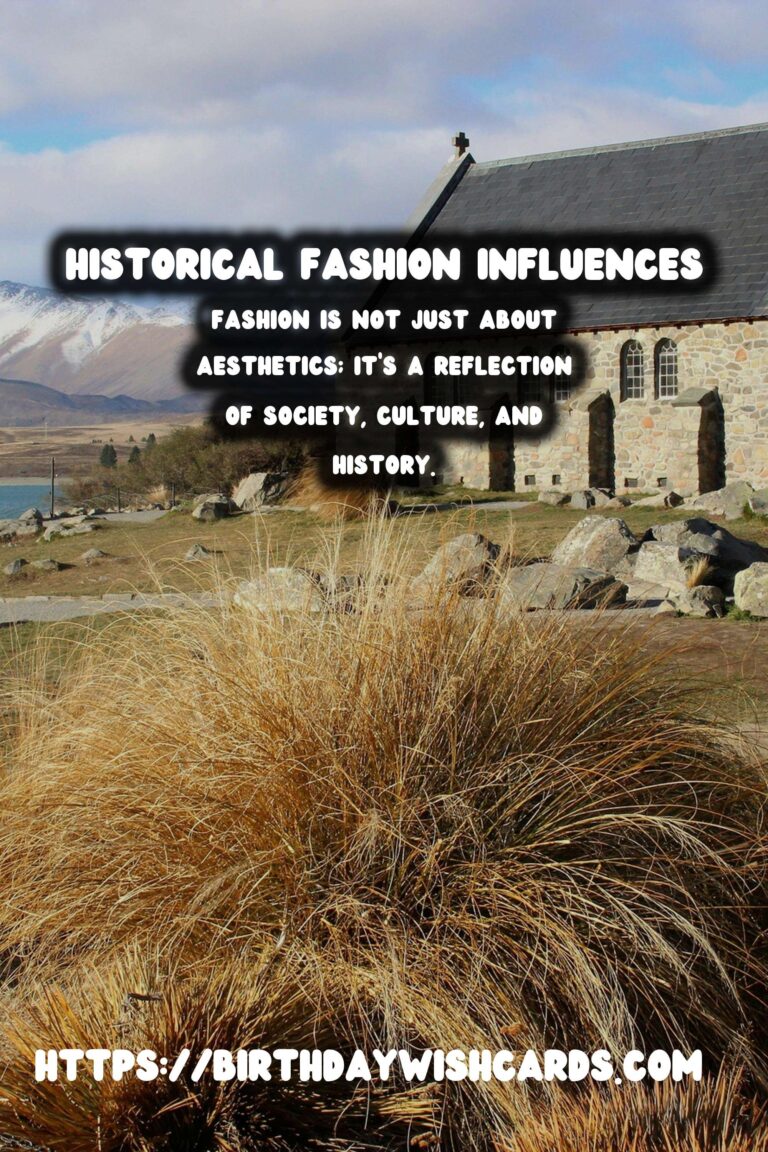
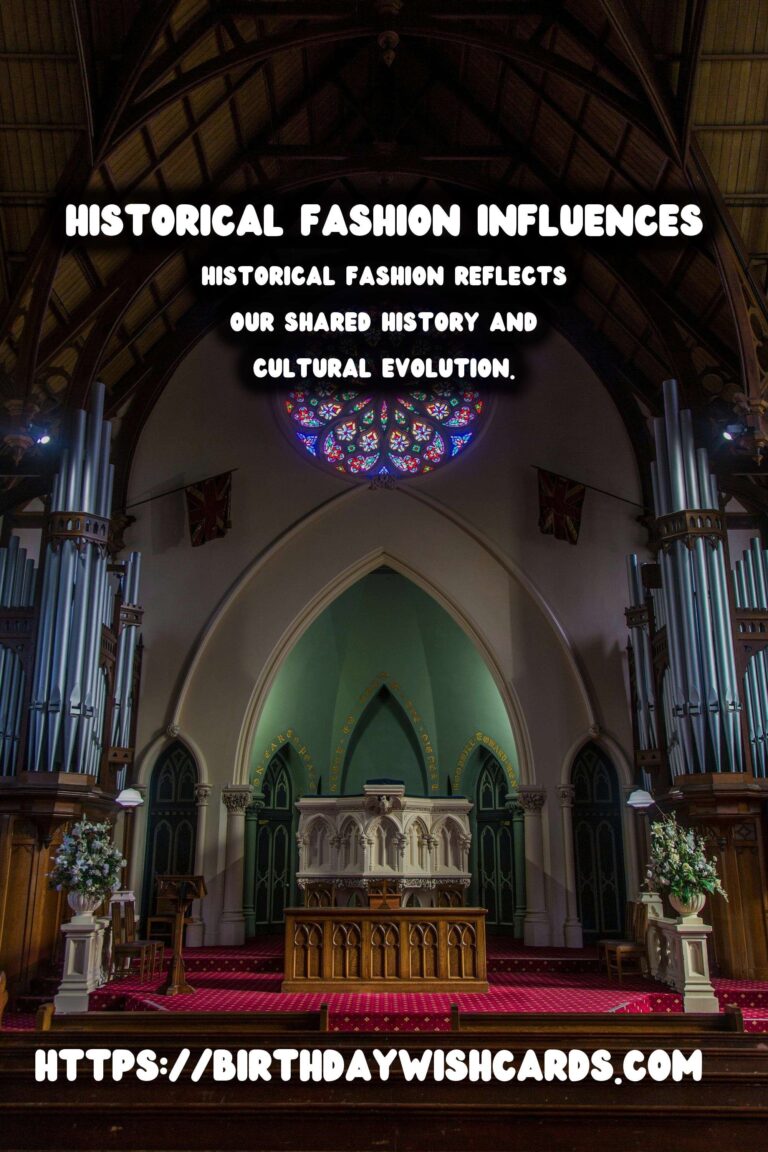
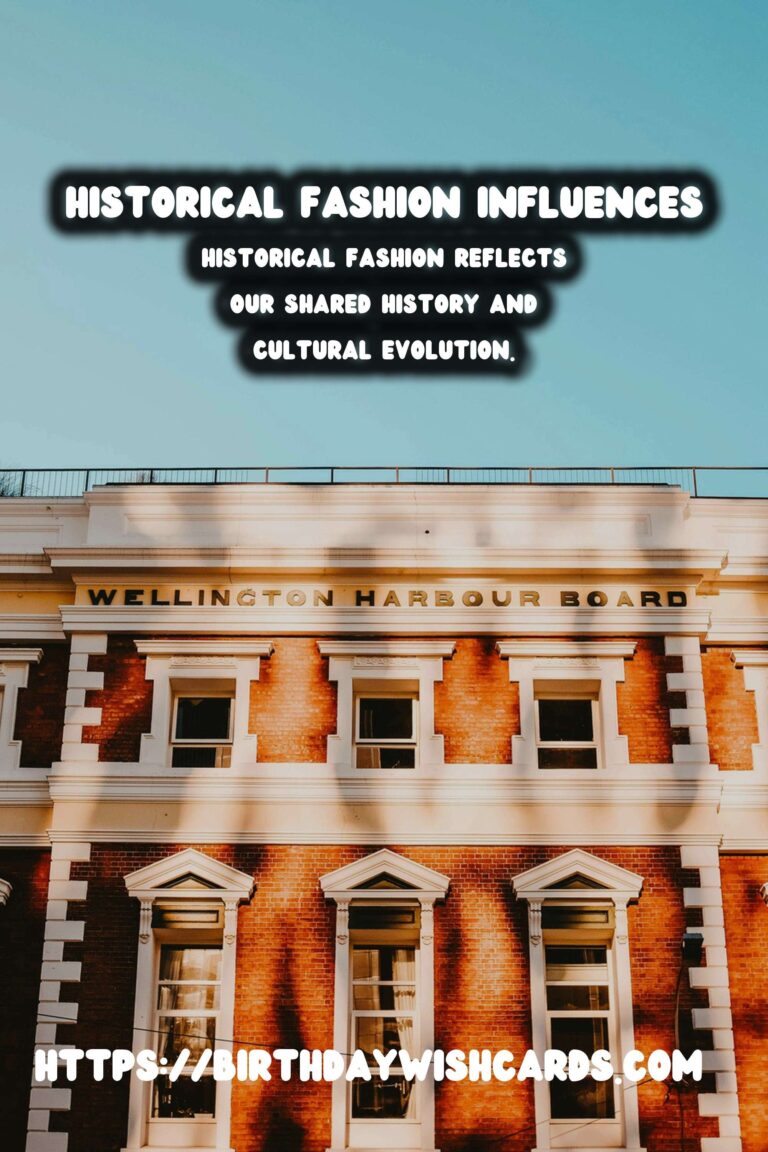
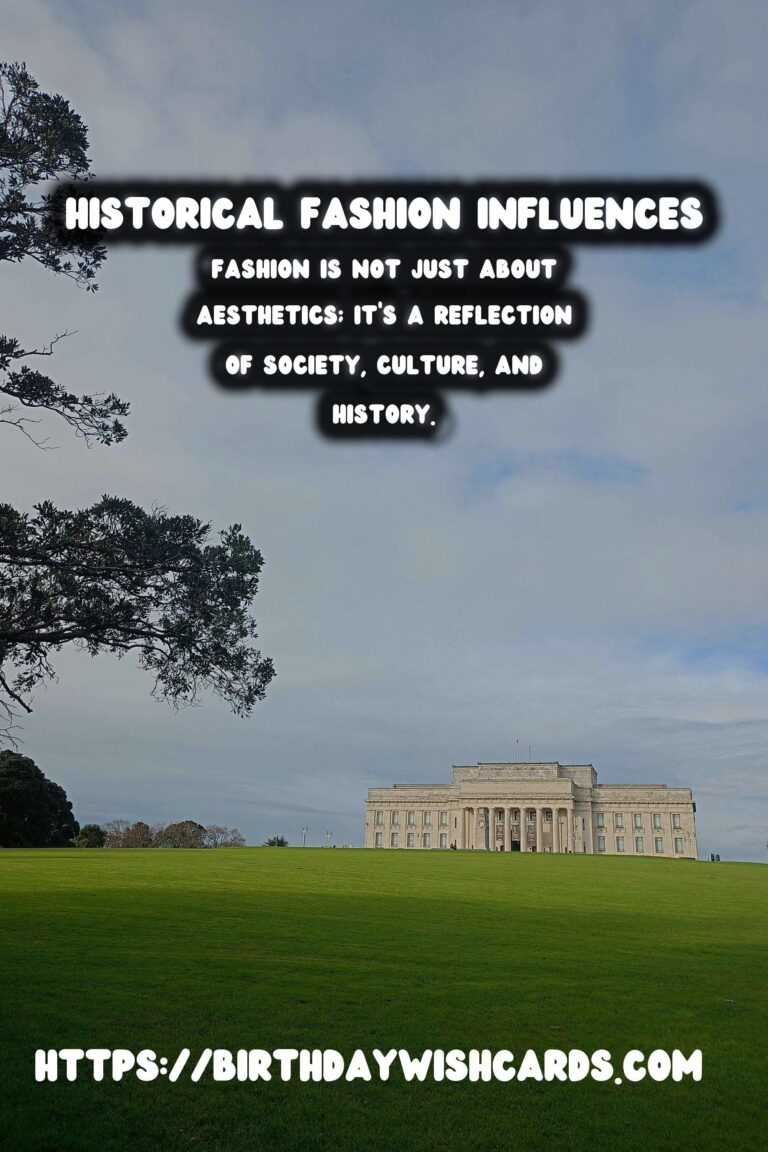
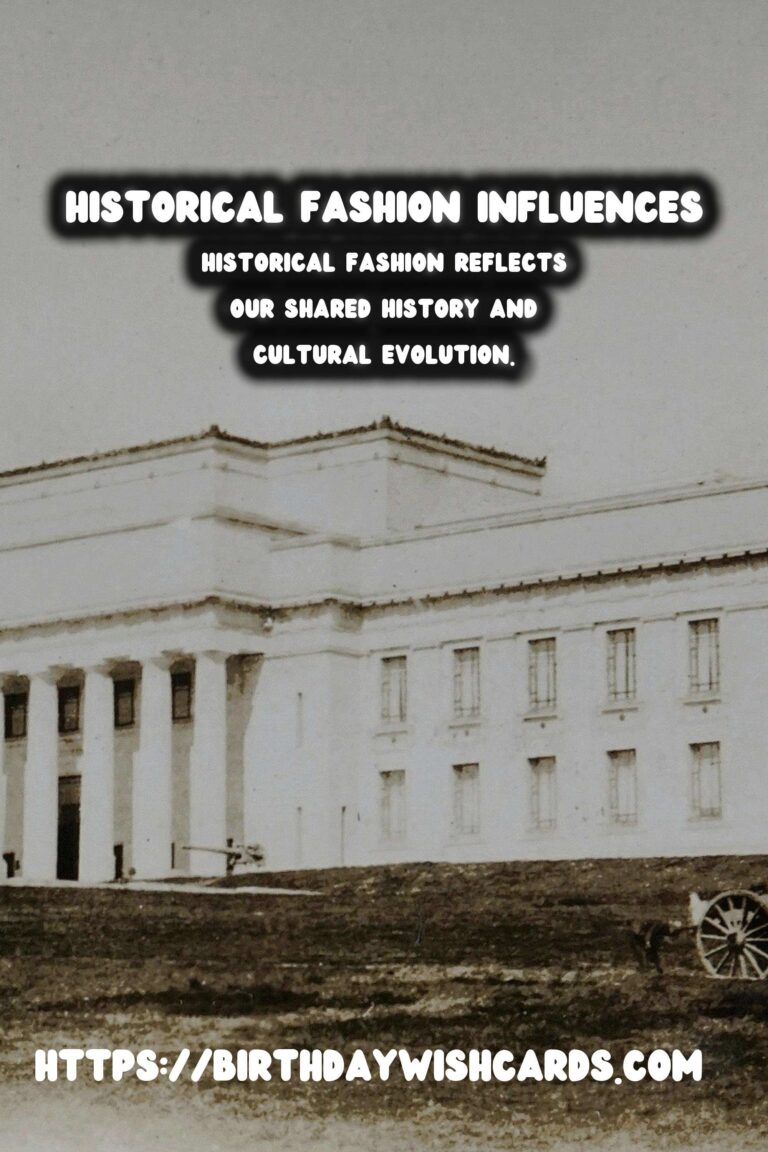
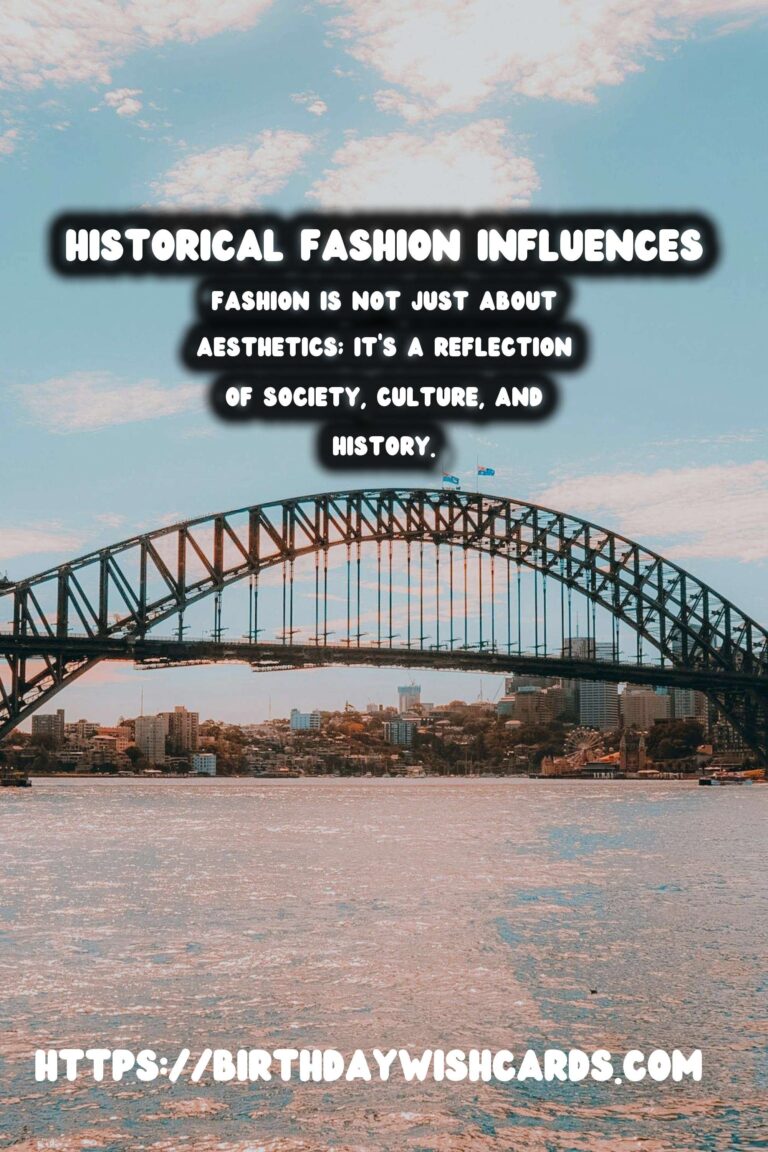
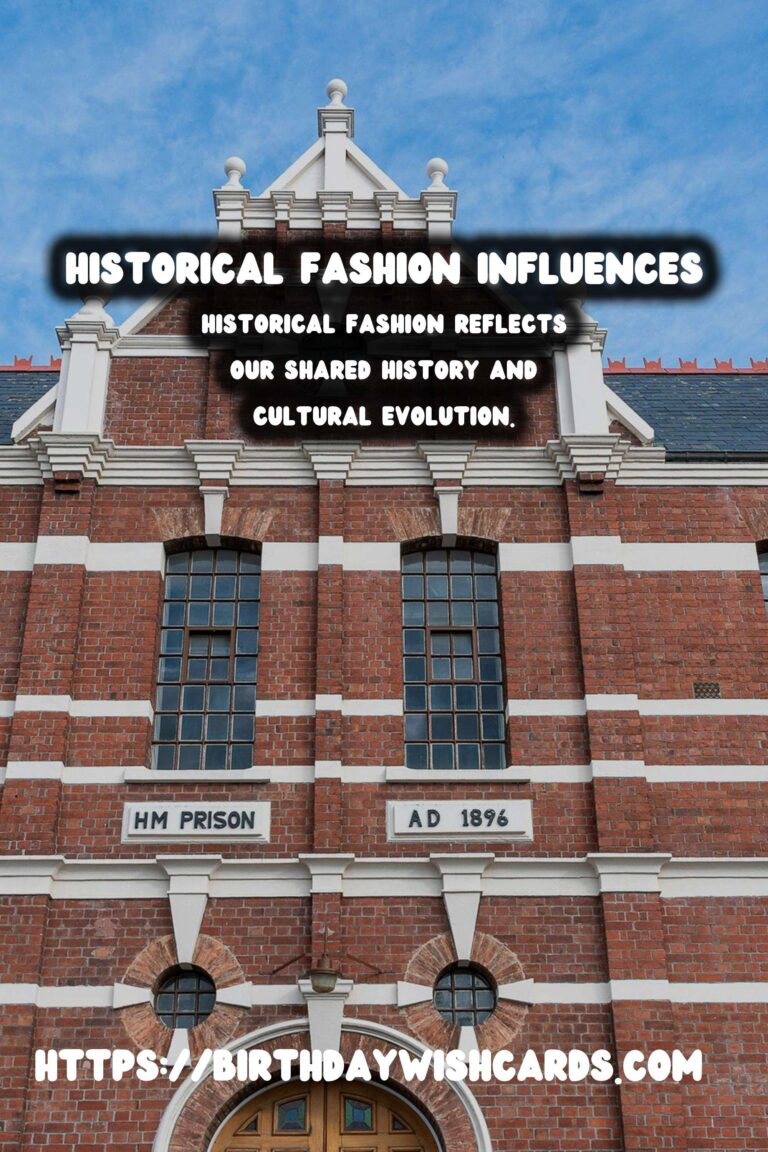
#HistoricalFashion #GlobalInfluence




